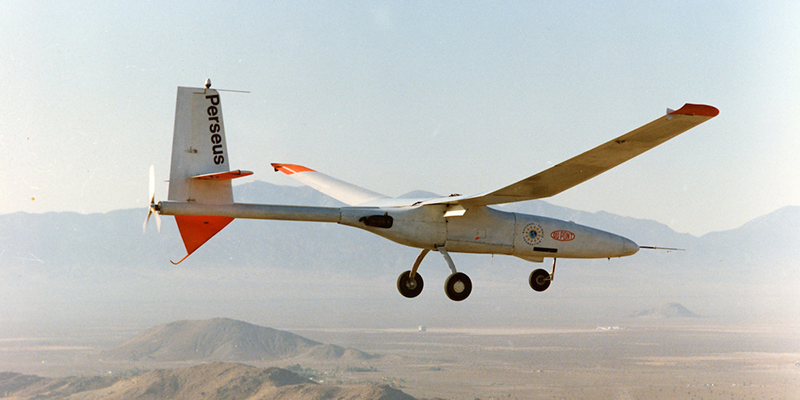For over three decades, Aurora Flight Sciences, a Boeing Company, has been at the forefront of innovation, engineering, and manufacturing in the aerospace industry. Founded in 1989 with the goal of building an autonomous stratospheric research aircraft, Aurora has since achieved numerous milestones, exploring cutting-edge technologies and establishing a legacy of innovation.
Since its founding, Aurora has specialized in the rapid production of low-cost, high-performance aircraft from concept through first flight. In its first 30 years, Aurora developed and flew over 30 aircraft ranging from small uncrewed aerial systems (sUAS) to larger uncrewed aircraft systems (UAS) built for intelligence, reconnaissance, and surveillance (ISR) missions. The company’s engineers have harnessed the power of artificial intelligence (AI), creating aircraft with autonomous capabilities, augmenting the role of a human pilot, and revolutionizing the way we fly.
Atmospheric Research
Aurora’s first aircraft, the Perseus Proof of Concept, was designed to support atmospheric research. The battery-powered, autonomous aircraft was initially developed to support the National Aeronautics and Space Administration’s (NASA) Small High-Altitude Science Aircraft (SHASA) program, which later evolved into the Environmental Research Aircraft and Sensor Technology (ERAST) project. The goal of these projects was to develop a cost-effective, slow-flying UAV with the ability to support long-term science missions at altitudes above 60,000 ft.
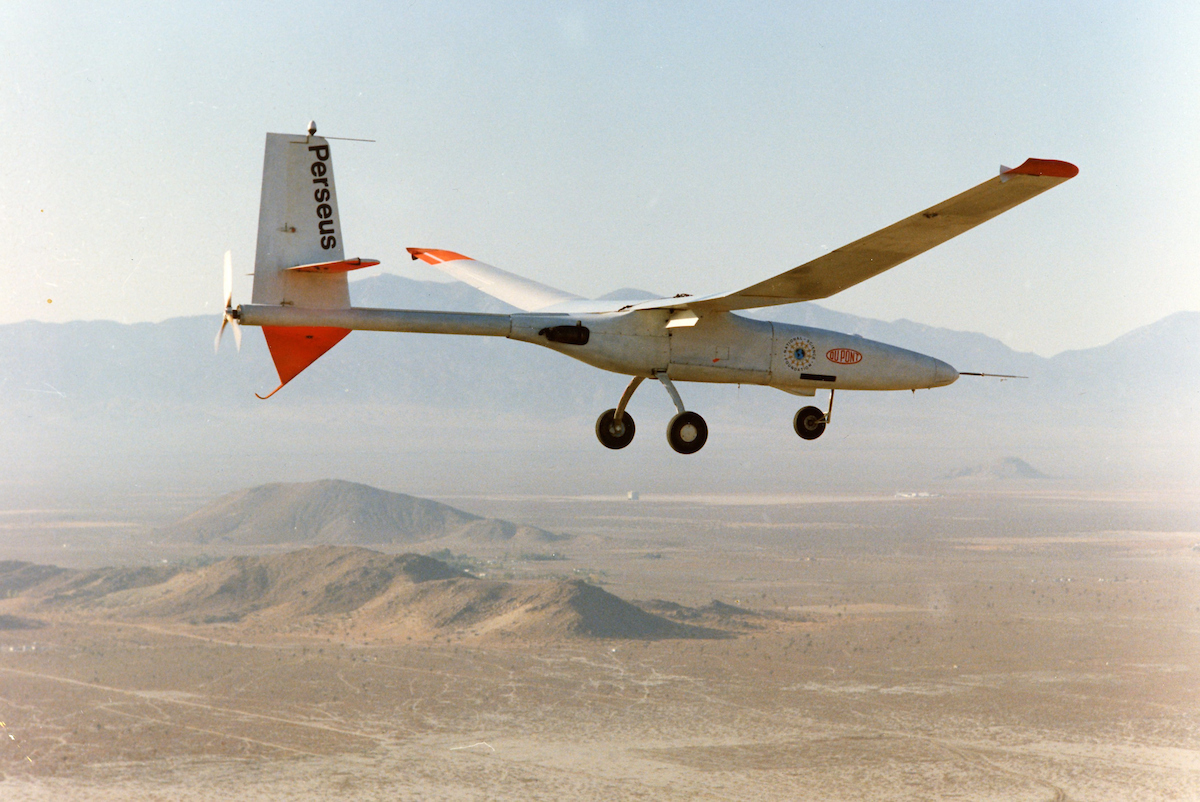
Aurora’s first aircraft, the Perseus proof-of-concept (POC), took flight in November 1991. The remotely-piloted, propeller-powered aircraft was developed specifically to support atmospheric research.
The Perseus Proof of Concept aircraft was designed to validate both the aircraft’s aerodynamic model and flight control systems. Between 1991 and 1996, Aurora built four versions of this aircraft in support of the ERAST program: the Perseus Proof of Concept, Perseus A, Perseus B, and Theseus. The subsequent versions extended endurance and high-altitude performance through changes such as gas-powered propulsion and longer wingspans.
In addition to atmospheric research on Earth, Aurora also collaborated with the NASA on the Aerial Regional-scale Environmental Survey (ARES) program. As a part of this program, Aurora developed four demonstrator aircraft – the MarsFlyer, Jason sUAS, and two High Altitude Deployment Demonstrators (HADD) – designed to fly potential long-range science missions in the extremely thin atmosphere of Mars.
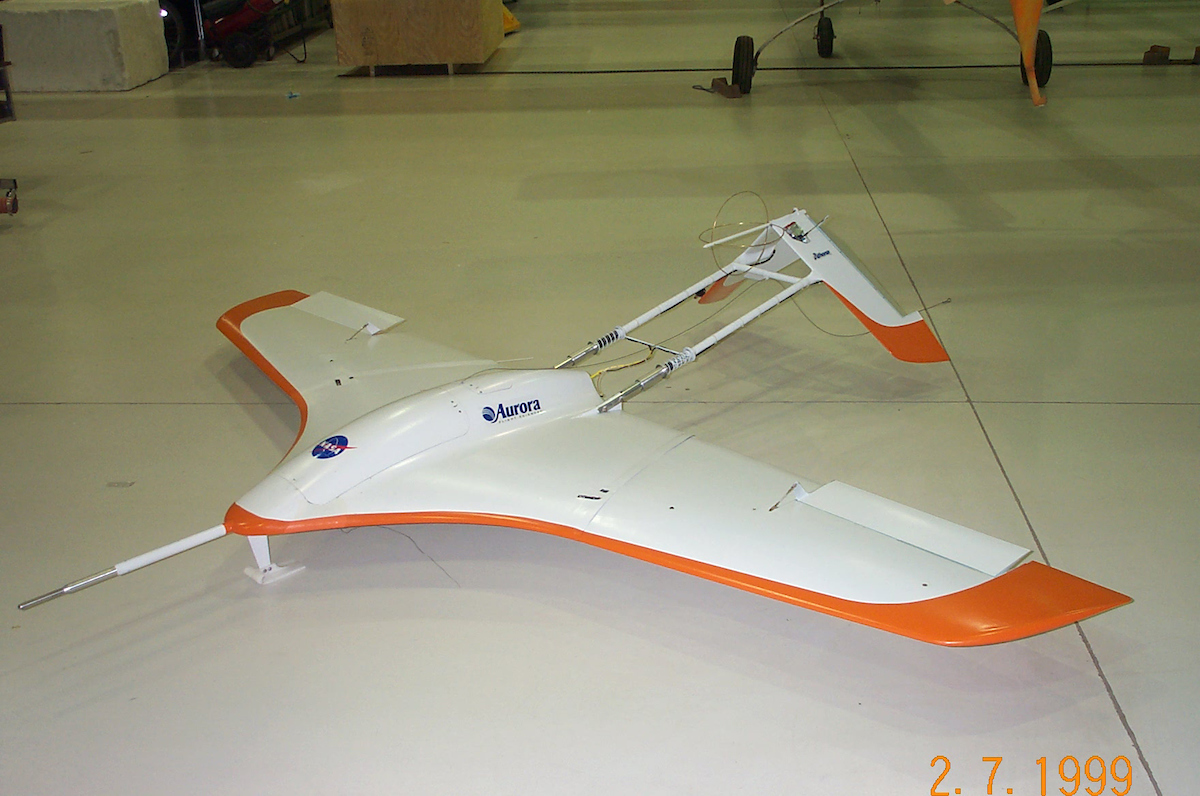
The HADD, aka Mars Flyer, was built for NASA Langley’s entry in the Mars Scout program. In 2002, the aircraft completed a fully autonomous flight after being dropped from a hot air balloon at an altitude of 102,000 feet.
Optionally Piloted Aircraft (OPA)
Aurora went on to pioneer the development of optionally piloted aircraft (OPA) with Chiron and Centaur. These aircraft featured advanced autonomy, giving the onboard computers control of the autopilot system, navigation and propulsion, and the data link used to send and receive information to and from a ground control station. Today, Centaur, a modified Diamond DA42, conducts unmanned, 16-hour missions, demonstrating Aurora’s commitment to advancing the future of autonomous flight.
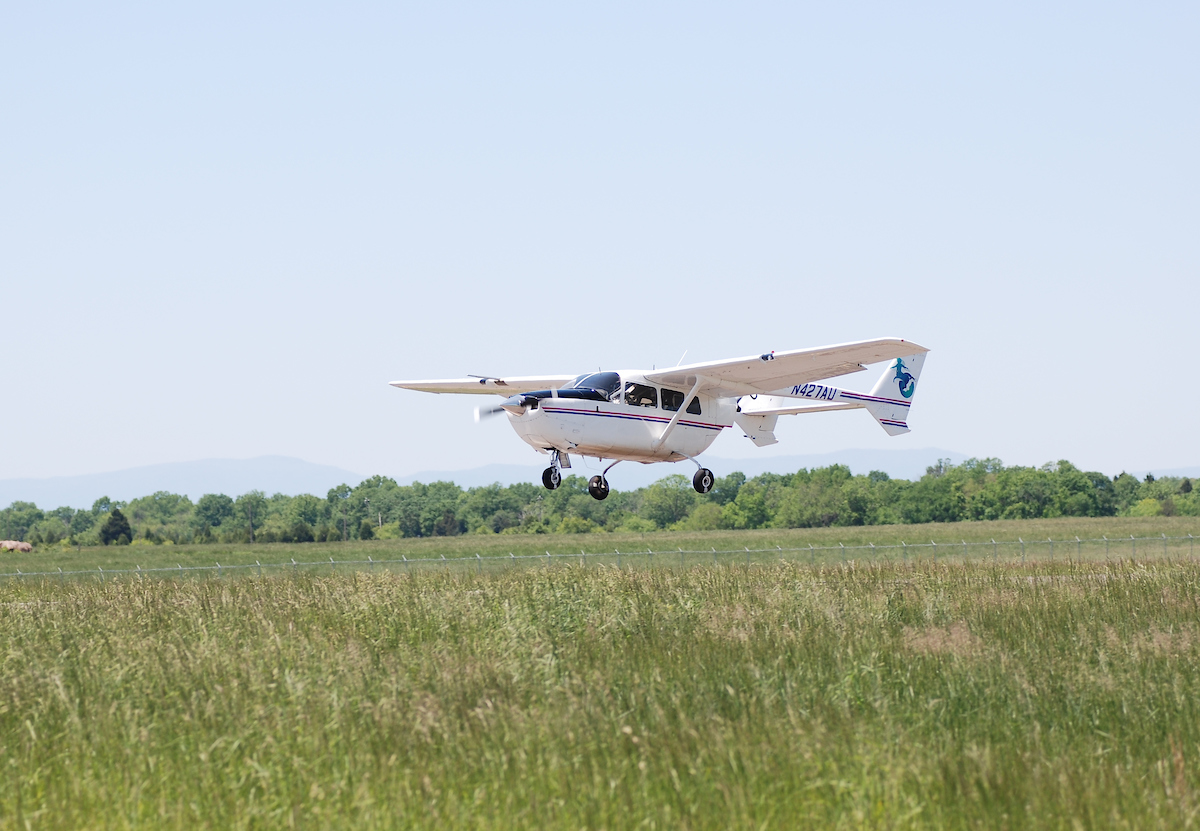
First flown in 1996, Chiron was the company’s first optionally piloted aircraft.
Uncrewed Aircraft Systems (UAS)
Aurora specializes in the development of UAS for both commercial and military applications. Since its founding, Aurora has designed and built various counter-UAS systems, unmanned combat aircraft (UCAV), and autonomous systems to support ISR missions. These include the hydrogen-powered Orion UAV, the Autonomous Aerial Utility System (AACUS), the AU-009 UCAV ¼ scale model, and the Skate electric reconnaissance small UAS (SUAS).
Today, the company’s Skiron Expeditionary (SKIRON-X) sUAS combines electric vertical takeoff and landing (eVTOL) capabilities with the longer range and endurance of a fixed-wing aircraft. Equipped with an electro-optical/infrared (EO/IR) camera and a proven flight endurance of three hours, SKIRON-X is ideal for airborne ISR missions.
SKIRON-X is a Group 2 unmanned aircraft system that combines the simple operation of an electric vertical take-off and landing configuration with the longer range and endurance of a fixed-wing design.
Vertical Takeoff and Landing (VTOL)
In 2003, Aurora began developing its first vertical takeoff and landing (VTOL) aircraft with the GoldenEye series. These autonomous, ducted-fan UAVs were designed to investigate free-wing technology and autonomous flight to support reconnaissance, surveillance, and target acquisition intelligence. Since then, the company has developed and flown several other VTOL aircraft for military and urban air mobility applications including the XV-24A LightningStrike, Excalibur unmanned air vehicle, and the electric passenger air vehicle (PAV).
First flown in June 2009, Excalibur was a hybrid-electric UCAV designed to take off and land vertically using three ducted lift fans and transform itself into a fixed-wing, jet engine aircraft.
Sustainability
Aurora has been at the forefront of sustainable aviation for decades. In 2008, the company’s first solar-powered aircraft, the SunlightEagle, was the first solar-powered UAS to fly in the national airspace. Ten years later, Aurora unveiled Odysseus, a solar-powered high-altitude pseudo-satellite designed to stay aloft for months on end. Today, Aurora supports the future of sustainable aviation through its work with Boeing on NASA’s Sustainable Flight Demonstrator; its collaboration with GE Aerospace on the NASA Electrified Powertrain Flight Demonstrator program; and its support of Wisk’s all-electric air taxi.
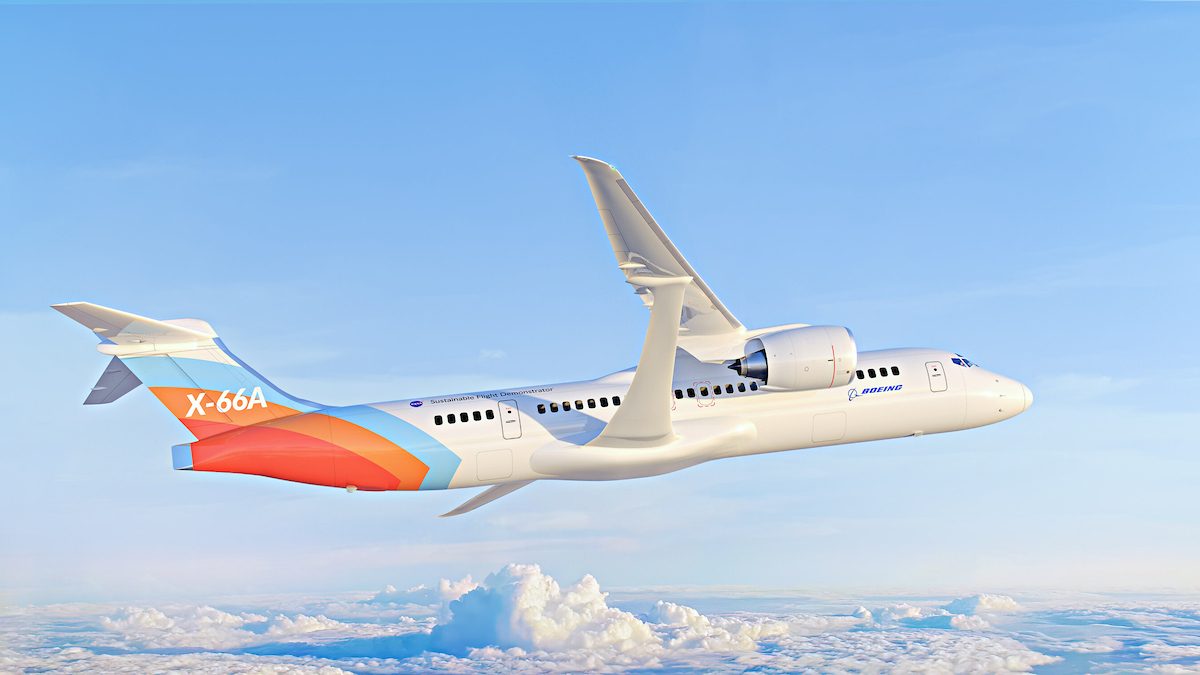
Today, Aurora is part of a Boeing team selected to develop and flight test a full-scale Transonic Truss-Braced Wing (TTBW) demonstrator airplane. (Image credit: Boeing)
Advancing the Future of Flight
Building on its legacy of innovation, Aurora continues to shape the future of flight by developing intuitive autonomous systems, novel configurations, electric propulsion, and complex composite structures to support urban air mobility, autonomous flight, sustainability, and more. Through support for groundbreaking programs across the industry, the company’s revolutionary innovations are pushing the boundaries of what is possible and advancing the future of flight.
ABOUT AURORA FLIGHT SCIENCES
Aurora Flight Sciences, a Boeing Company, advances the future of flight by developing and applying innovations across aircraft configurations, autonomous systems, propulsion technologies, and manufacturing processes. With a passionate and agile team, Aurora delivers solutions to its customers’ toughest challenges while meeting high standards of safety and quality. Learn more at www.aurora.aero
# # #
Contact:
communications@aurora.aero

